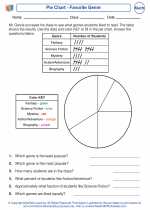Repeating Patterns
Repeating patterns are sequences of shapes, colors, numbers, or objects that repeat in a predictable way. Understanding patterns is an important skill in math and helps in developing critical thinking and problem-solving abilities.
Types of Repeating Patterns
There are different types of repeating patterns, including:
- AB Patterns: These patterns consist of two different elements that alternate, such as red-blue-red-blue or circle-square-circle-square.
- ABC Patterns: These patterns consist of three different elements that follow a specific order, such as circle-square-triangle-circle-square-triangle.
- Numeric Patterns: These patterns involve numbers that follow a specific sequence, such as 2, 4, 6, 8, 10, where each number increases by 2.
Identifying and Extending Patterns
When working with repeating patterns, it's important to be able to identify the core elements and extend the pattern to predict the next elements. Here are some key steps to follow when identifying and extending patterns:
- Identify the Core: Look for the basic unit that repeats in the pattern. This could be a shape, color, number, or object.
- Extend the Pattern: Once the core is identified, extend the pattern by continuing the sequence based on the core elements.
- Predict the Next Elements: Use the pattern to predict the next elements in the sequence based on the established repetition.
Practice Questions
Here are some practice questions to test your understanding of repeating patterns:
- Identify the core elements in the following patterns and extend the sequence:
- Create your own ABC pattern using shapes and colors.
- Extend the following numeric pattern: 3, 6, 9, 12, ____
Conclusion
Understanding repeating patterns is essential for developing mathematical reasoning and problem-solving skills. By practicing identifying, extending, and creating patterns, you can enhance your ability to recognize and analyze patterns in various contexts.
[Repeating Patterns] Related Worksheets and Study Guides:
.◂Math Worksheets and Study Guides Fourth Grade. Represent Data
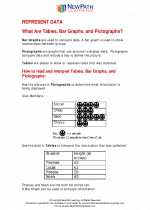
 Worksheet/Answer key
Worksheet/Answer key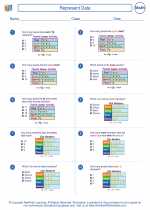
 Worksheet/Answer key
Worksheet/Answer key
 Worksheet/Answer key
Worksheet/Answer key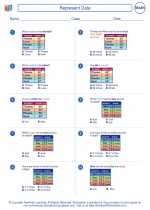
 Worksheet/Answer key
Worksheet/Answer key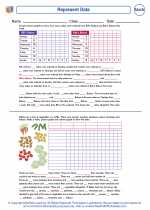
 Worksheet/Answer key
Worksheet/Answer key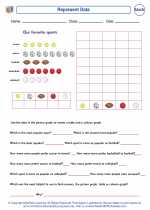
 Worksheet/Answer key
Worksheet/Answer key
 Worksheet/Answer key
Worksheet/Answer key